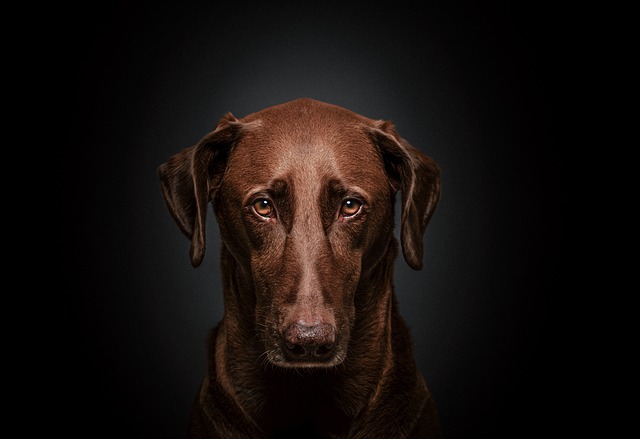
How to guide your dog to urinate and defecate outside?
Puppy pads scattered across the kitchen, a surprise pile behind the couch, the frantic scramble to clean before guests arrive—house-training struggles feel universal.
Puppies explore the world with their mouths—it’s normal, even cute, when that tiny labradoodle nips your finger during play. But when those nips turn into harder bites, or an adult dog starts using teeth when excited, it’s time to step in. Positive training isn’t about scolding; it’s about guiding them toward better choices, and it works far better than fear or punishment.
Start by teaching “soft mouth” from day one. When your puppy nips too hard during play, let out a high-pitched “ow!”—it mimics how their littermates yelp, signaling “that hurt.” Pause the game for 10 seconds, then resume. A trainer in Scotland swears by this; her clients’ border collie puppies learned within weeks that gentle play keeps the fun going, while hard bites end it. Consistency is key—everyone in the house needs to react the same way.
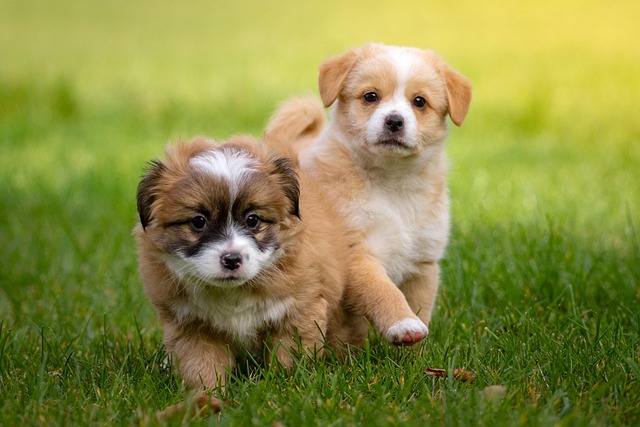 Redirecting is another tool. Keep a favorite toy handy, and when your dog’s teeth head for hands or furniture, swap in the toy. Say “gentle” as they bite it, then praise them like they just won a prize. This works especially well with breeds like terriers, who have strong prey drives—giving them an acceptable target satisfies that urge. In cities like Melbourne, where many dogs live in apartments, this method keeps both pets and owners happy.
Redirecting is another tool. Keep a favorite toy handy, and when your dog’s teeth head for hands or furniture, swap in the toy. Say “gentle” as they bite it, then praise them like they just won a prize. This works especially well with breeds like terriers, who have strong prey drives—giving them an acceptable target satisfies that urge. In cities like Melbourne, where many dogs live in apartments, this method keeps both pets and owners happy.
Reward calm behavior generously. If your dog greets a stranger without jumping or nipping, shower them with treats and pets. It’s easy to focus on the bad moments, but highlighting the good ones builds habits faster. A golden retriever in Texas, once prone to nipping guests, now gets a special chew every time someone visits—he’s learned to associate company with good things, not excitement.
Remember, some biting stems from fear, not aggression. Yelling or hitting can make it worse, and in places like Sweden, where animal cruelty laws are strict, harsh training methods could land you in legal trouble. Instead, create a safe space—like a crate with a blanket—where your dog can retreat when overwhelmed. Over time, they’ll learn to trust rather than react.
End each training session on a positive note, even if progress feels slow. Dogs thrive on routine and encouragement, and with patience, most will outgrow nipping. After all, a well-trained dog isn’t just a joy to be around—they’re a reflection of the care you put in.

Puppy pads scattered across the kitchen, a surprise pile behind the couch, the frantic scramble to clean before guests arrive—house-training struggles feel universal.
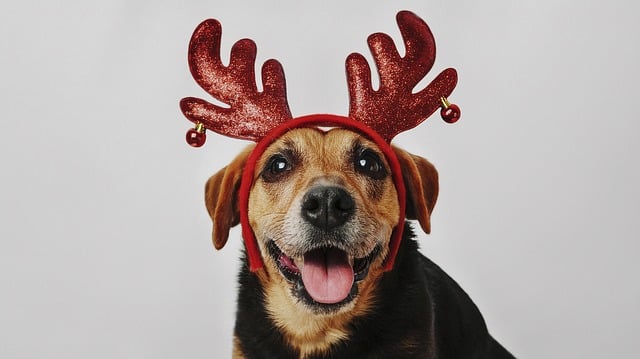
It’s a familiar morning scene for many new dog owners: you walk into the kitchen to find your pup’s nose buried in the trash can, cereal boxes torn open and banana peels scattered across the floor.
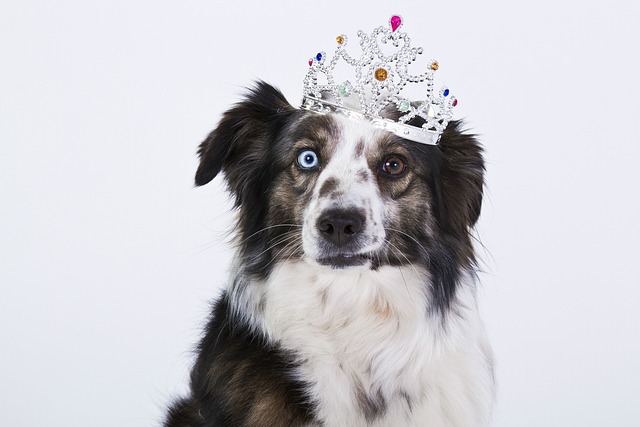
Watching a tiny Yorkie or Chihuahua dart toward the door instead of squatting on the rug feels like a win—but getting there takes time, and every pup moves at their own pace.
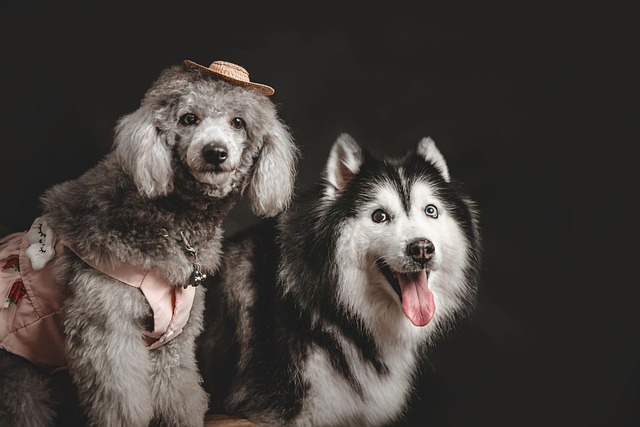
Puppies have tiny bladders, and when you live in an apartment with no yard or during harsh winters that make outdoor trips tricky, indoor potty training becomes a necessity.
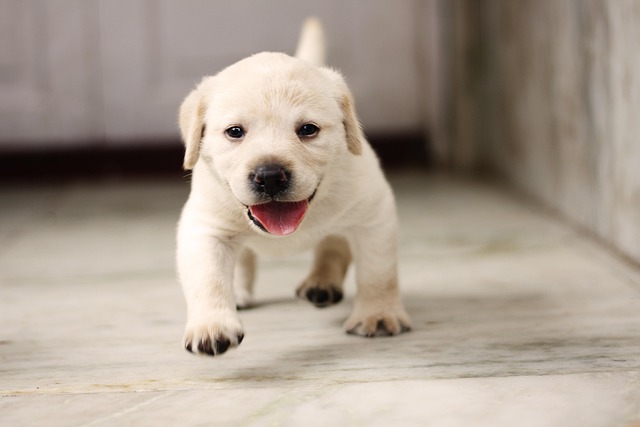
Many new dog parents see agility videos—dogs zipping through tunnels, leaping over hurdles—and think, “We could never do that at home.”
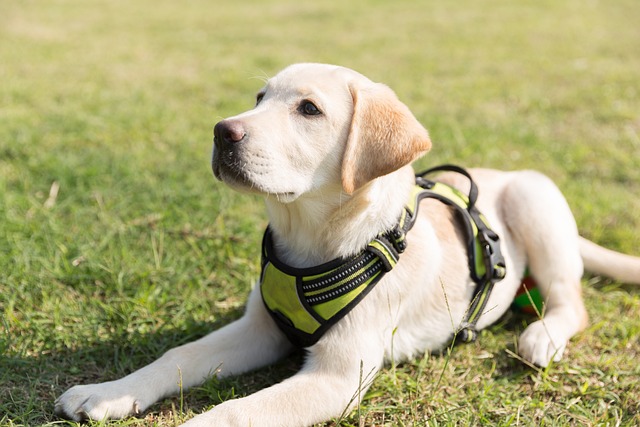
Ever called your dog in the park, only for Fido to pretend he’s suddenly deaf? Or struggled to get him off the sofa when guests arrive? You’re not alone.